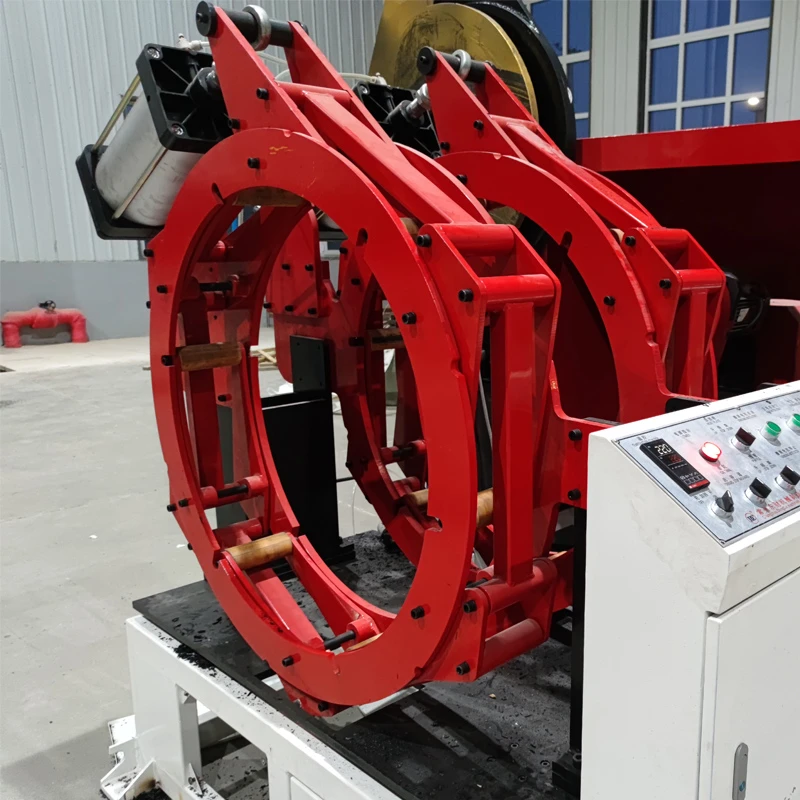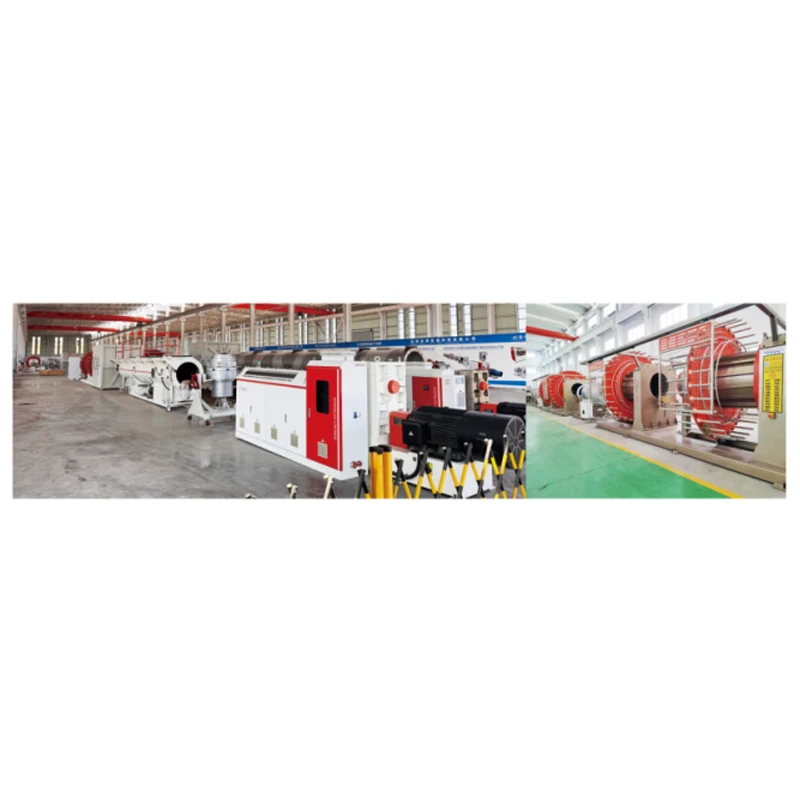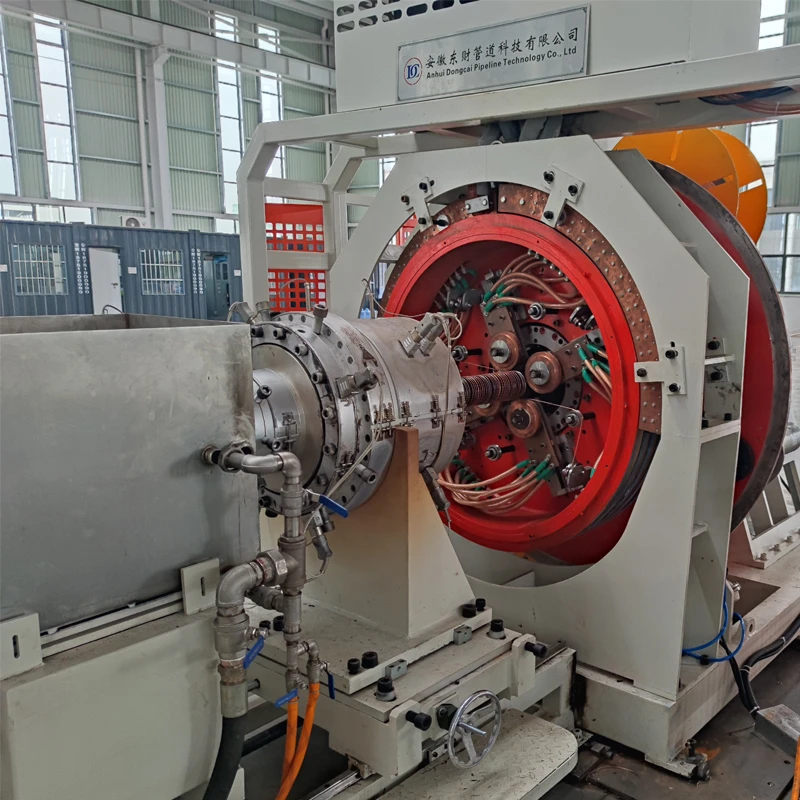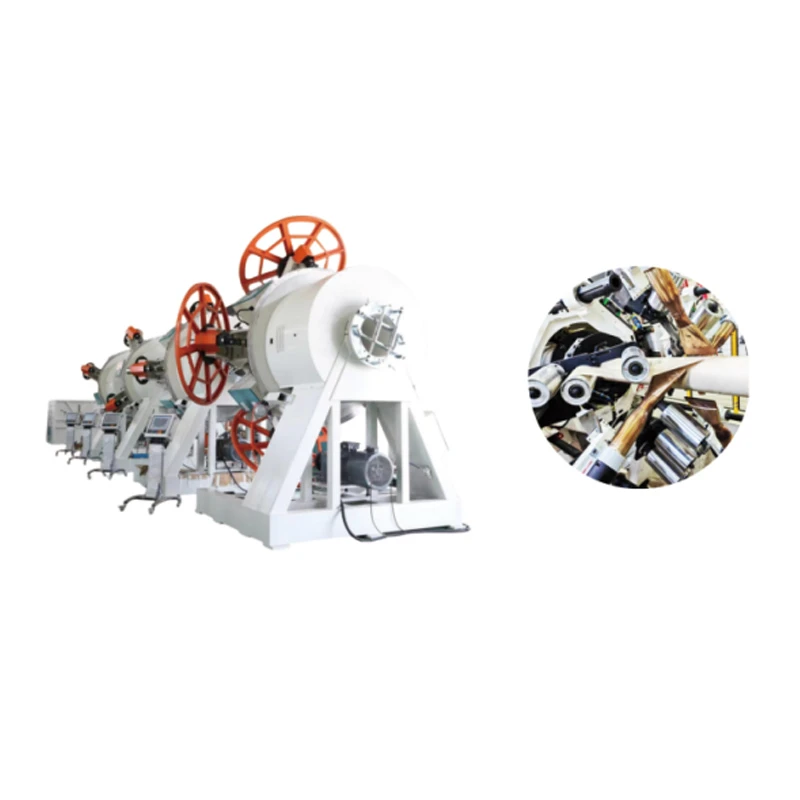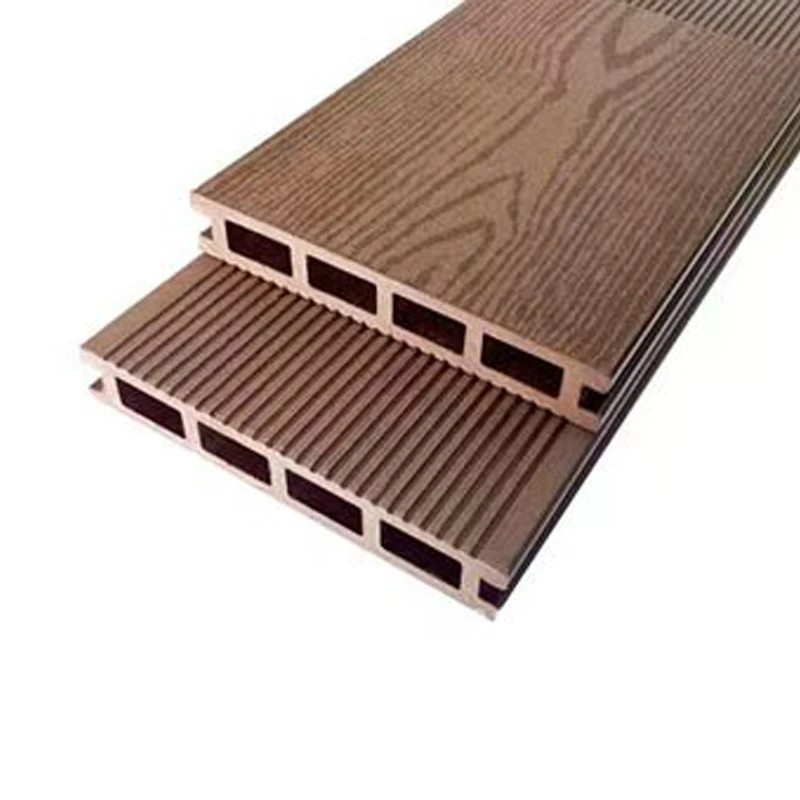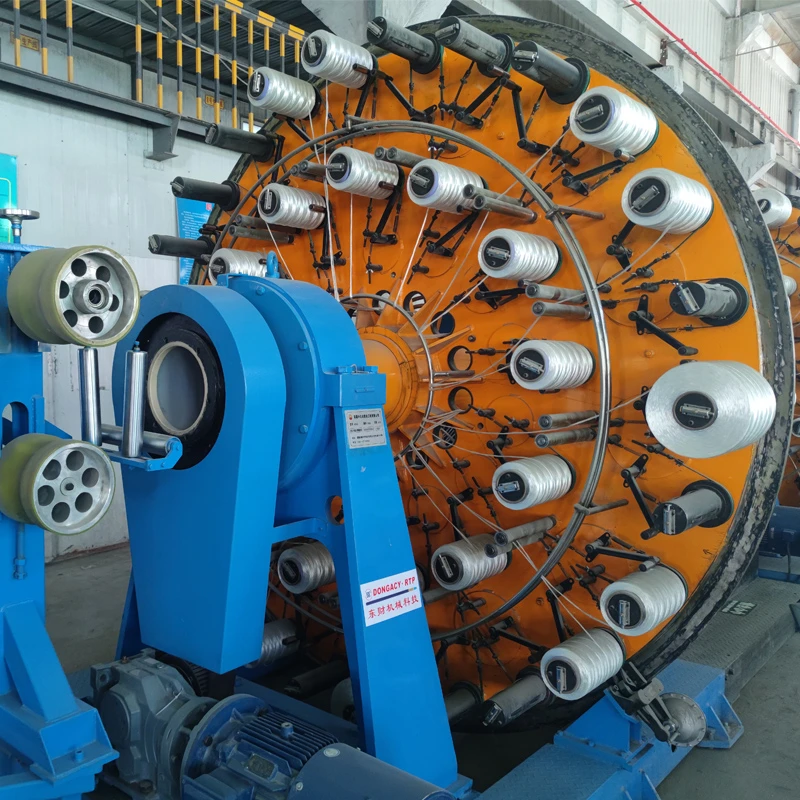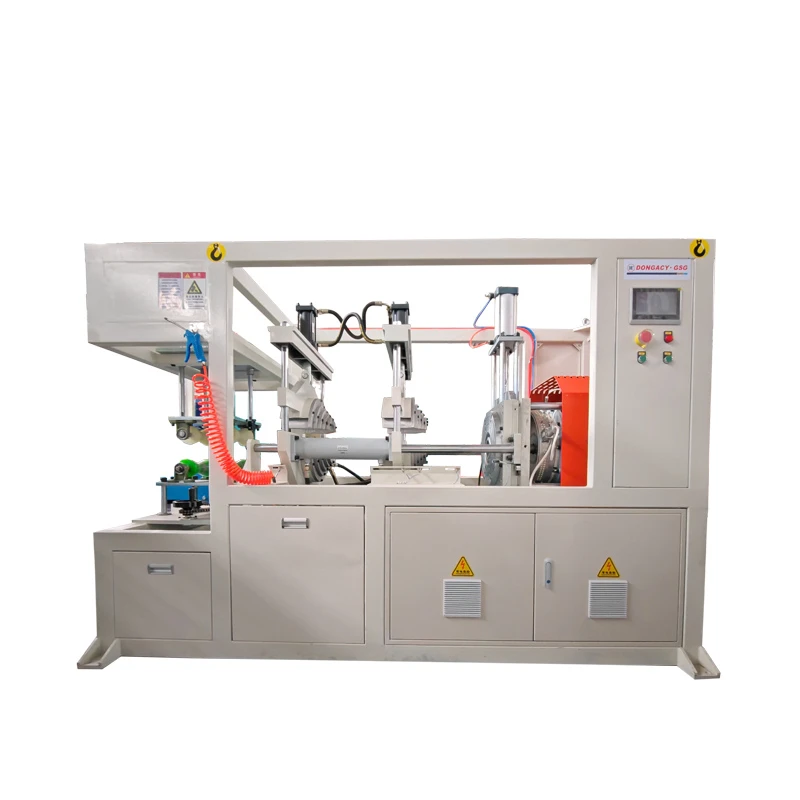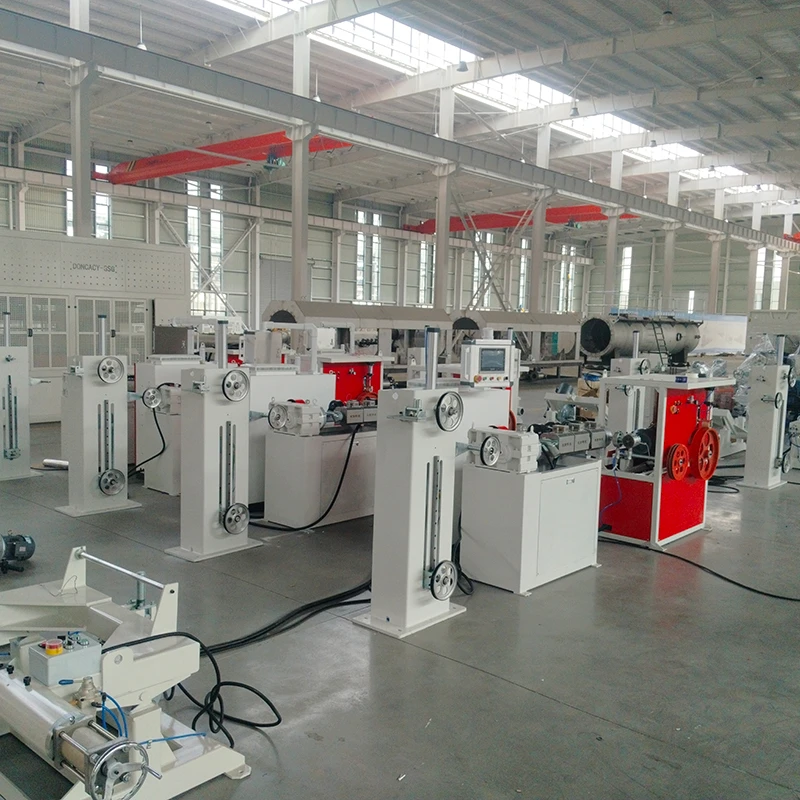
- Introduction to tube mill line
technologies - Key technical advancements in tube mill production lines
- Manufacturer analysis: Comparing major tube mill suppliers
- Customization solutions for modern production demands
- Case study: High-efficiency PVC medical tube production line
- Best practices for operational excellence
- Conclusion: Future outlook for tube mill line technologies
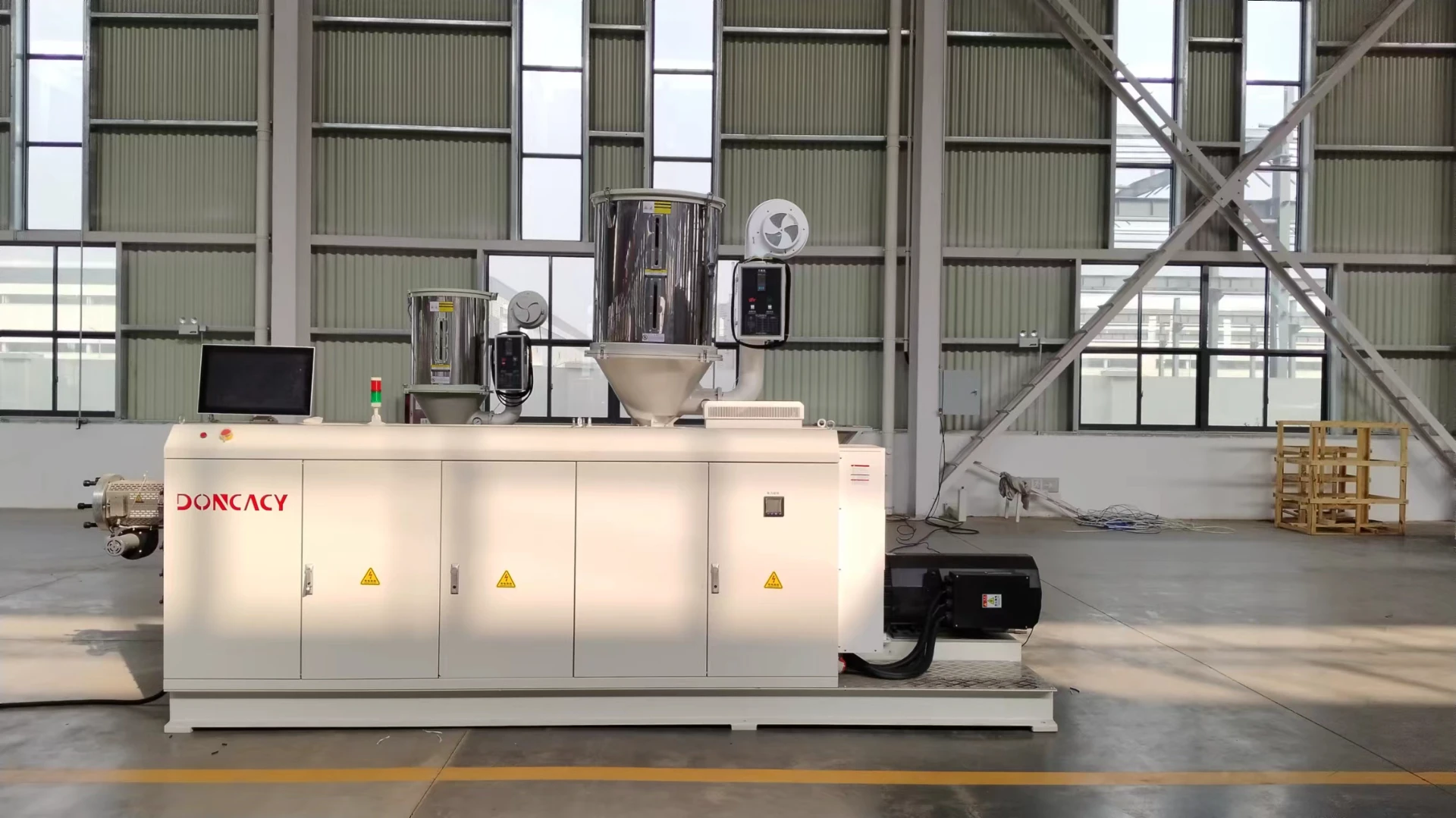
(tube mill line)
Introduction: The Evolving Landscape of Tube Mill Line Manufacturing
Tube mill line systems have redefined metal forming and plastic extrusion manufacturing across numerous global sectors. From precision-driven stainless steel tubes for automotive applications to the delicate demands of medical tubing, the evolution of tube mill production line technology has played a pivotal role in enabling high throughput, precision, and flexibility. Recent global industrial reports suggest that the tube mill machinery market exceeded USD 3.7 billion in 2023, reflecting an annual compound growth rate of 4.8% through 2029. This significant growth is driven by market demands for lighter materials, cleaner welding techniques, automated controls, and greater processing versatility.
In tandem, the demand for specific applications—such as the PVC medical tube production line—is increasing. Success in this competitive arena demands a deep understanding of system architecture, material processing capabilities, and the newest advancements in digital integration. This article dissects the fundamentals and innovations in tube mill systems, analyzes comparative manufacturer data, and explores customization strategies and representative success stories.
Technical Innovations Transforming Tube Mill Production Lines
New generations of tube mill production line solutions incorporate advanced automation, faster forming and welding speeds, and enhanced defect detection by leveraging AI-driven inspection systems. Key technological milestones include:
- High-Frequency Induction Welding: This method has reduced scrap rates by up to 12% and achieved weld seam strengths exceeding 500 MPa, as validated by recent metallurgical studies.
- CNC Integration: End-to-end computer control systems enable rapid changeover, leading to 25% higher production throughput in stainless steel lines compared to legacy equipment.
- Precision Forming Dies: Tolerance achievement is improved to ±0.02mm, a necessity for automotive and medical segment requirements.
- Advanced Cooling and Sizing: Optimized for polymers, especially in PVC medical tube production lines, these systems ensure dimensional stability and smooth internal surfaces critical for fluid conveyance.
For example, a leading European line manufacturer reported a 30% reduction in energy consumption across its latest tube mill series, largely due to smarter motor controls and variable frequency drive (VFD) integration. Such advances position modern tube mills as indispensable components of industrial agility and quality assurance.
Manufacturer Comparison: Objective Analysis for Informed Investment
Choosing a tube mill supplier is a significant decision, with factors ranging from capital expenditure and operational expenditure to reliability, after-sales service, and innovation. The table below compares three top suppliers based on critical performance and service parameters:
| Criteria | Manufacturer A | Manufacturer B | Manufacturer C |
|---|---|---|---|
| Max Tube Diameter (mm) | 219 | 168 | 114 |
| Production Speed (m/min) | 120 | 90 | 80 |
| Energy Consumption (kWh/ton) | 28 | 33 | 35 |
| Automation Grade | Fully Automated | Semi-Automated | Manual & Automated Option |
| Customization Capabilities | Extensive | Moderate | Limited |
| After-Sales Service (hrs response) | 12 | 36 | 48 |
| Warranty (months) | 24 | 18 | 12 |
| Annual Output Capacity (tons) | 30,000 | 22,000 | 18,000 |
This data highlights the broad variance across suppliers. Manufacturer A, for example, consistently leads in speed, energy efficiency, and support, which translates to a lower cost-per-unit and greater uptime—key differentiators for high-volume and high-specification projects.
Customization: Designing Tube Mill Lines for Diverse Applications
No two tube mill lines are alike; each production challenge calls for a tailored approach. Across industries, customized solutions start with a deep consultation process involving workflow analysis, material science, and integration with existing facility systems. Recent client surveys indicate that 84% of major tube consumers opt for at least one custom feature in their tube mill solutions, ranging from specialist wire feed systems to remote diagnostic modules.
The modular approach to line architecture has enabled organizations to pivot production between round, square, and elliptical cross-sectional profiles within 90 minutes—a process that would have previously taken a whole shift. For sectors like PVC medical tube production line manufacturing, customization extends to antimicrobial die coatings, super-clean extrusion chambers, and Class 100 cleanroom compatibility. These design considerations ensure compliance with FDA, CE, and JIS regulatory standards.
End-users also increasingly demand in-line quality testing, laser measurement units, and automated stacking/packaging—all seamlessly managed via SCADA dashboards, which deliver real-time analytics designed to optimize both yield and traceability.
Case Study: Achieving Efficiency in PVC Medical Tube Production Line
Efficiency and reliability are non-negotiable benchmarks within the medical device sector. A recent installation of a PVC medical tube production line at a North American facility illustrates the impact of modern engineering:
- Capacity: 32 million meters per annum (21% increase over legacy systems)
- Scrap Rate: Reduced to 2.3%, thanks to in-line laser diameter monitoring and immediate defect ejection
- Downtime: Only 19 hours recorded during the first operating quarter (industry average: 60+ hours)
- Compliance: Full conformity with ISO 13485 and USP Class VI standards
The success of this project was enabled by the application of closed-loop cooling controls, pharmaceutical-grade extrusion polymers, and a tailored operator interface with multilingual capability. Total ROI was achieved in just under 14 months, and post-launch audits by regulatory agencies noted zero critical deviations—underscoring the importance of robust technology selection and supplier partnership in this sector.
Best Practices for Optimizing Tube Mill Line Operations
Consistent output quality and profitability depend on best-in-class operational protocols for tube mill line systems. Industry leaders emphasize:
- Strict preventive maintenance scheduling, informed by predictive analytics and IIoT device alerts
- Workforce upskilling in digital control systems and rapid root-cause troubleshooting
- Continuous process audits measuring OEE (Overall Equipment Effectiveness), with world-class plants exceeding 85% benchmarks
- Material traceability introduced at the coil stage and maintained throughout forming, welding, and downstream processes
- Proactive supply chain alignment, ensuring that maintenance parts and consumables are consistently available
Market leaders with vertically integrated production and digitalized workspaces have reported defect rate reductions of up to 60%. Moreover, safety audits show a 45% decrease in recordable incidents when automatic guards and smart lockouts are universally installed along the line.
Conclusion: Future Directions for Tube Mill Line Technologies
The industrial future holds expanded possibilities for tube mill line applications, driven by energy efficiency, precision automation, and seamless data integration. As manufacturers strive to meet stricter regulatory expectations and increasingly complex client specifications, adaptive line design, advanced process controls, and AI-enabled quality analytics will shape the next era of tube production. Those who invest proactively in these advantages will set new standards in global competitiveness, sustainability, and end-to-end process reliability, ensuring a strong position in tomorrow's supply chains.
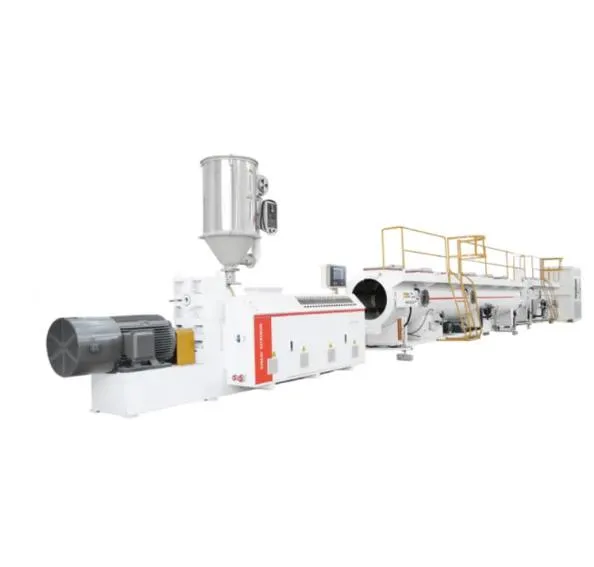
(tube mill line)
FAQS on tube mill line
Q: What is a tube mill line?
A: A tube mill line is a series of machines designed to manufacture metal tubes from raw material strips. The process includes forming, welding, sizing, and cutting. Tube mill lines produce tubes for various industrial applications.Q: How does a tube mill production line work?
A: A tube mill production line works by feeding strip material into forming rollers, welding the edges, and then sizing and cutting the tubes to length. This streamlined process ensures high efficiency and consistent quality. Automation is often integrated for improved productivity.Q: What materials can be used in a tube mill line?
A: Tube mill lines can process a range of materials like carbon steel, stainless steel, aluminum, and copper. The type of material depends on the intended use of the final tube product. Material selection affects tube properties such as strength and corrosion resistance.Q: What is a PVC medical tube production line?
A: A PVC medical tube production line is specialized equipment for producing medical-grade PVC tubes. It ensures precise dimension control, hygiene, and compliance with medical safety standards. These lines are widely used in manufacturing tubes for medical devices.Q: What are the benefits of using an automated tube mill line?
A: Automated tube mill lines increase production speed, improve accuracy, and reduce labor costs. They also minimize human error and ensure product consistency. Automation is key for high-volume and precise tube production.-
PVC Profiles: The Future of Durable and Cost-Effective Construction SolutionsNewsJun.06,2025
-
PVC Pipe Extrusion LineNewsJun.06,2025
-
High-Quality Polyethylene Pipe Production LineNewsJun.06,2025
-
High-Performance Tube Production LineNewsJun.06,2025
-
Advanced Plastic Pipe Production LineNewsJun.06,2025
-
Hdpe Steel Wire Mesh Reinforced Polyethylene Skeleton PipeNewsJun.06,2025
-
Tube and Pipe ManufacturingNewsMay.14,2025

